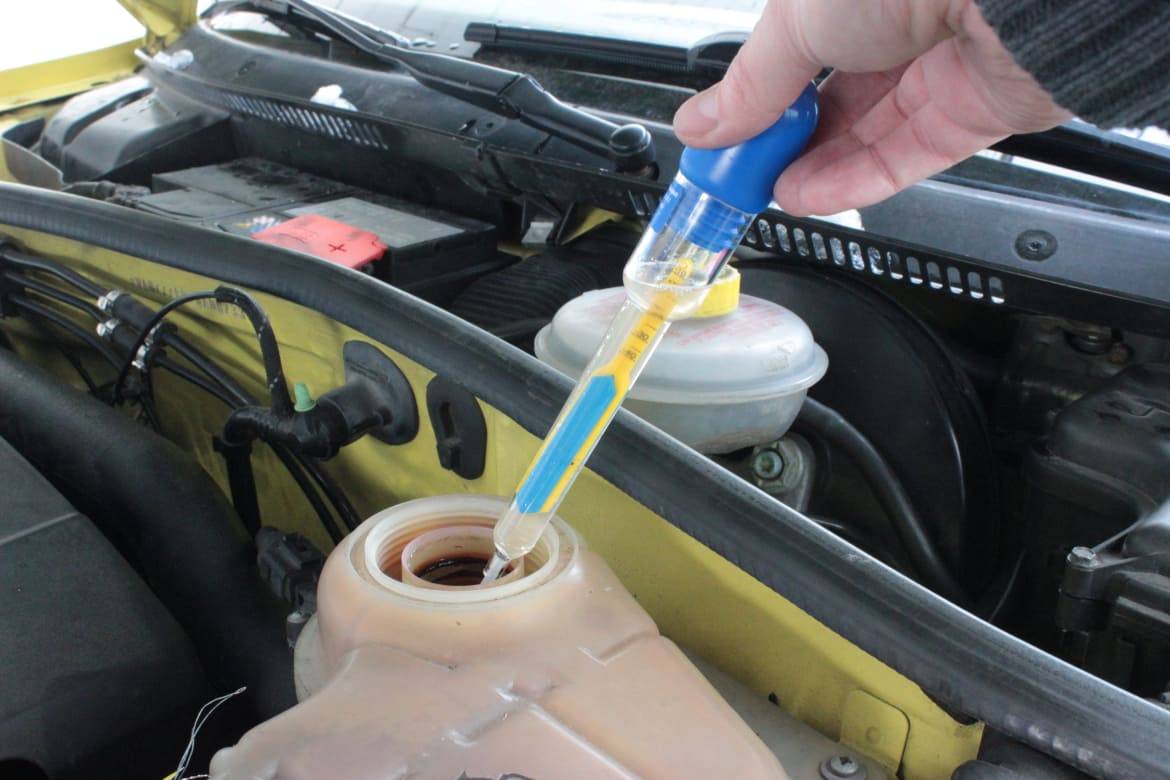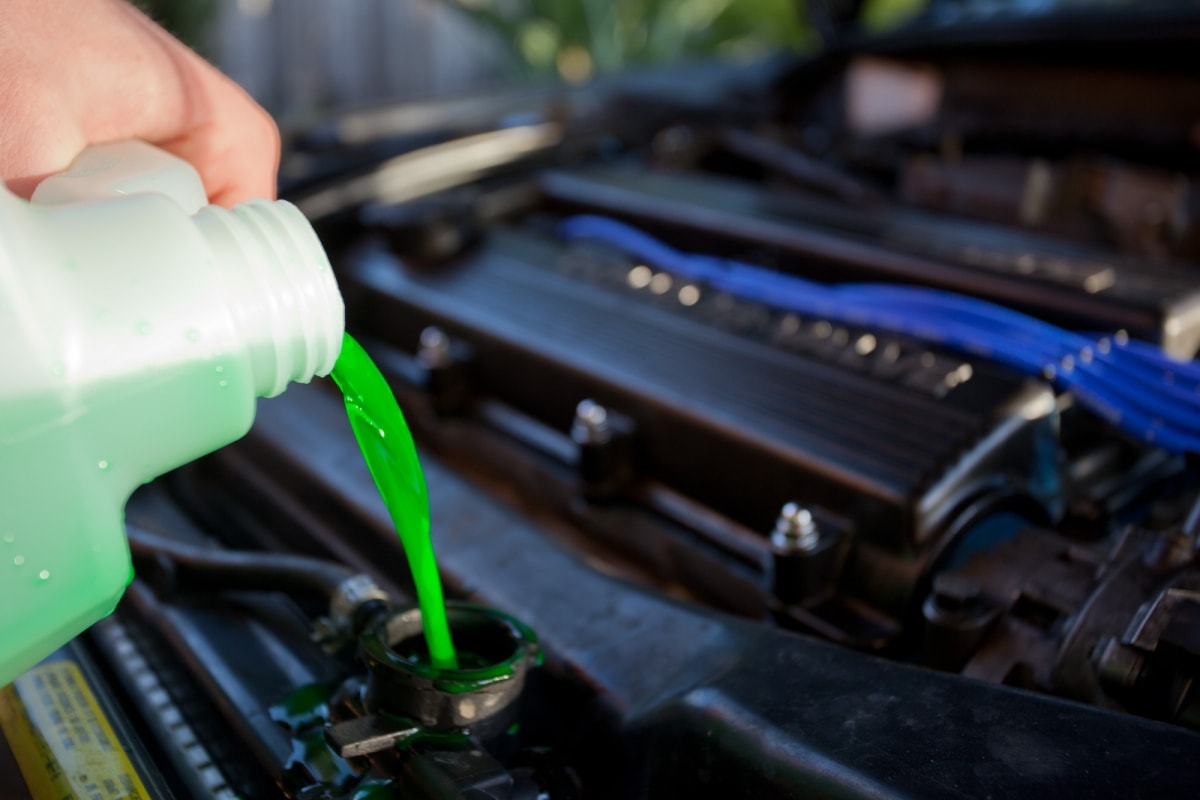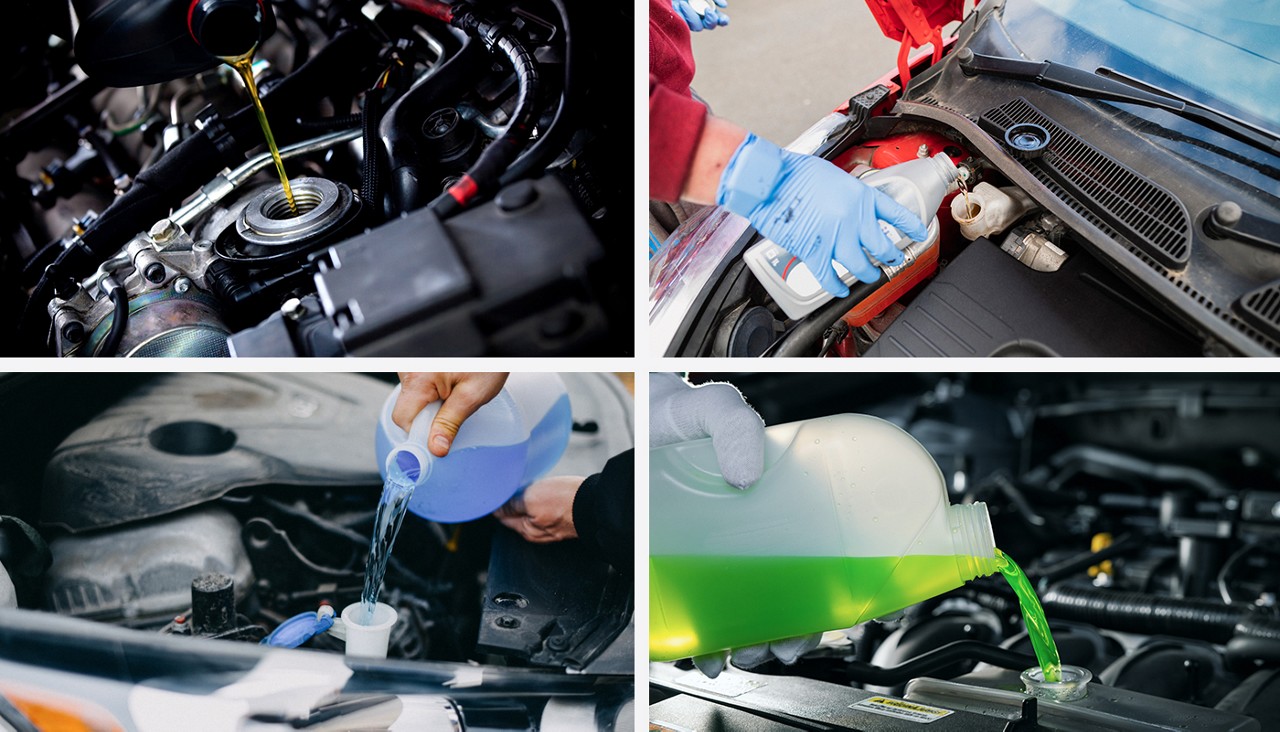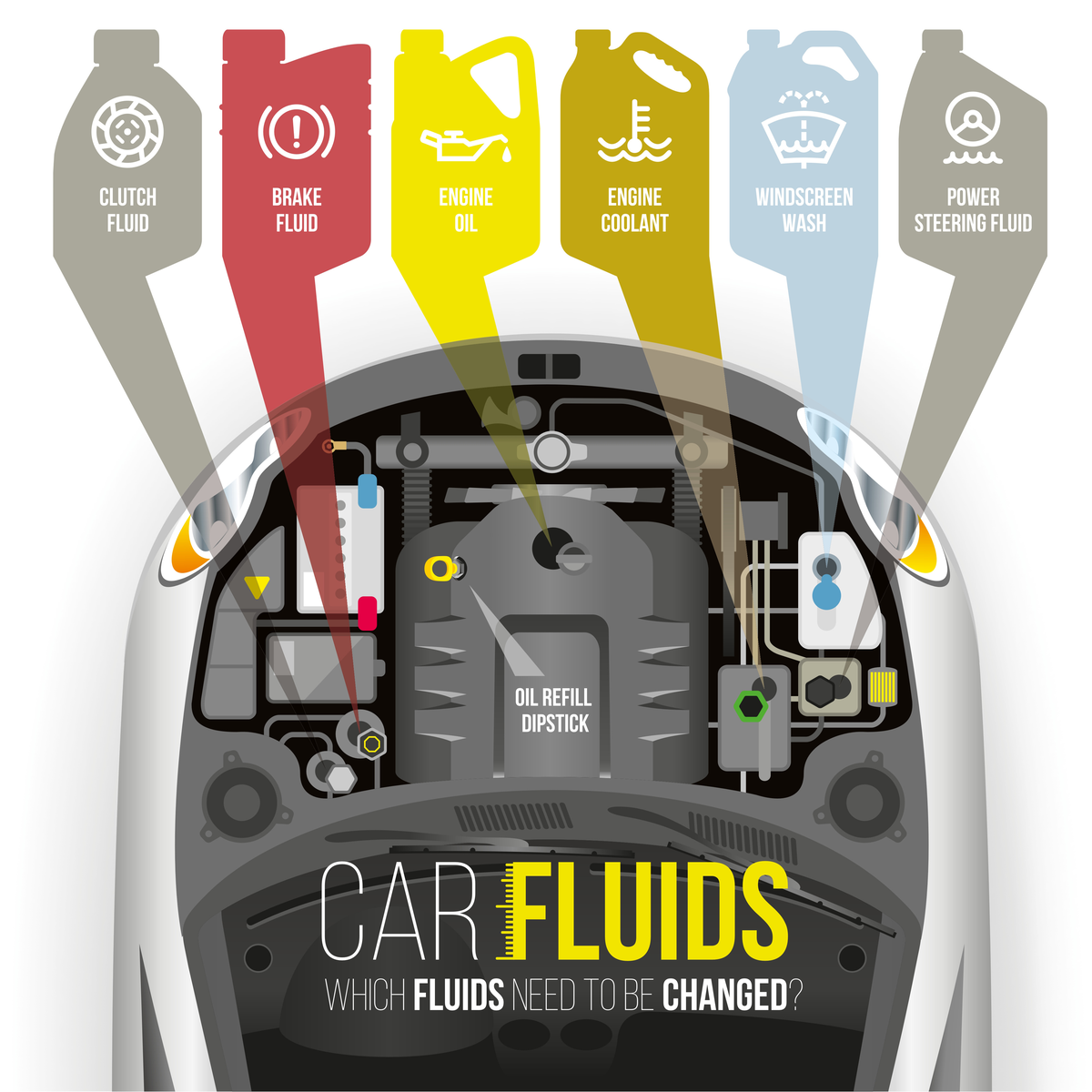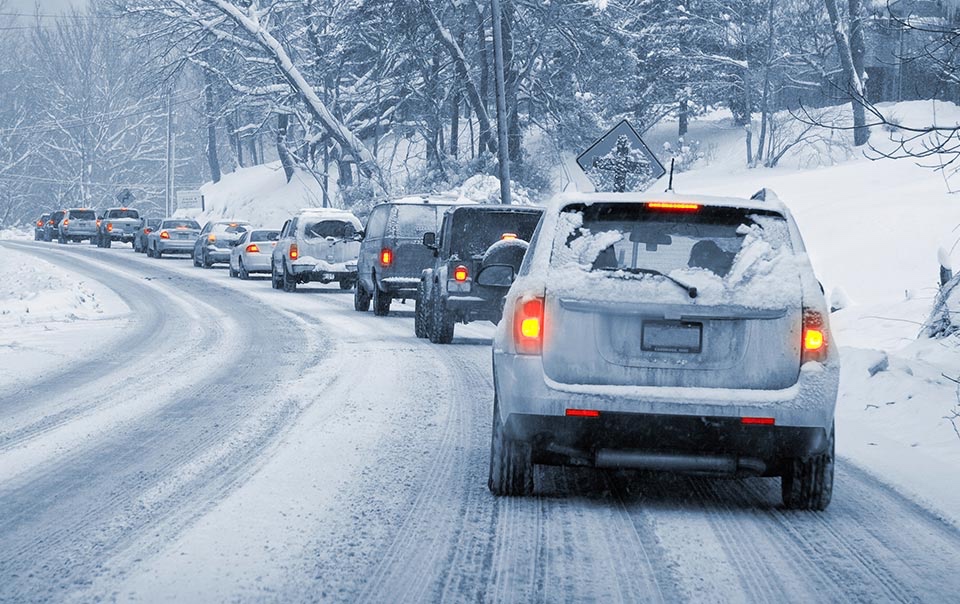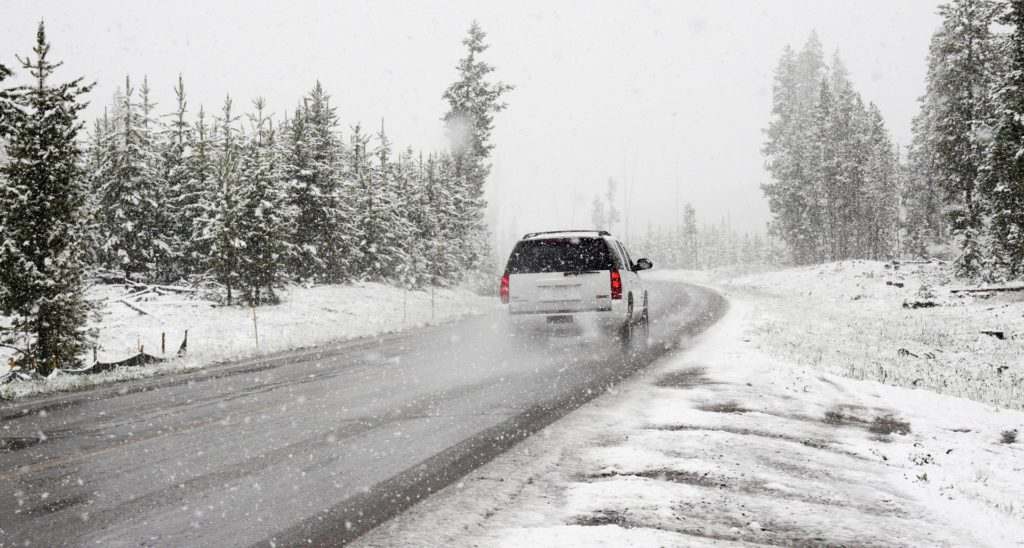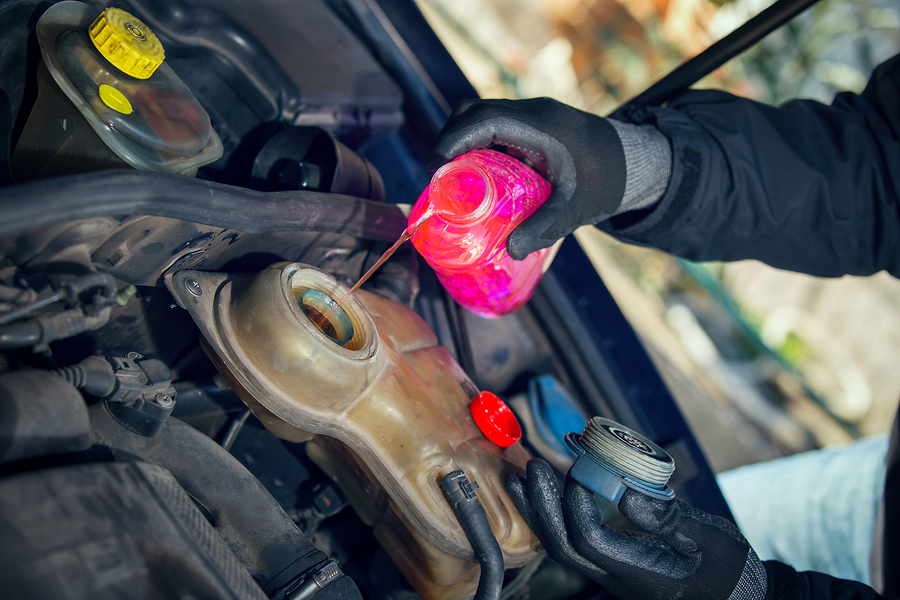
Selecting Winter-Grade Engine Oil
Choose oils with lower winter viscosity ratings such as 5W-30 or 0W-20 for easier cold starts and faster oil circulation, understand multi-grade oil specifications and what numbers mean for flow characteristics, follow manufacturer recommendations in your owner's manual for optimal engine protection, consider synthetic oils for superior cold-weather performance and engine protection, and change oil before winter using fresh oil with proper additives for maximum cold-start protection.
